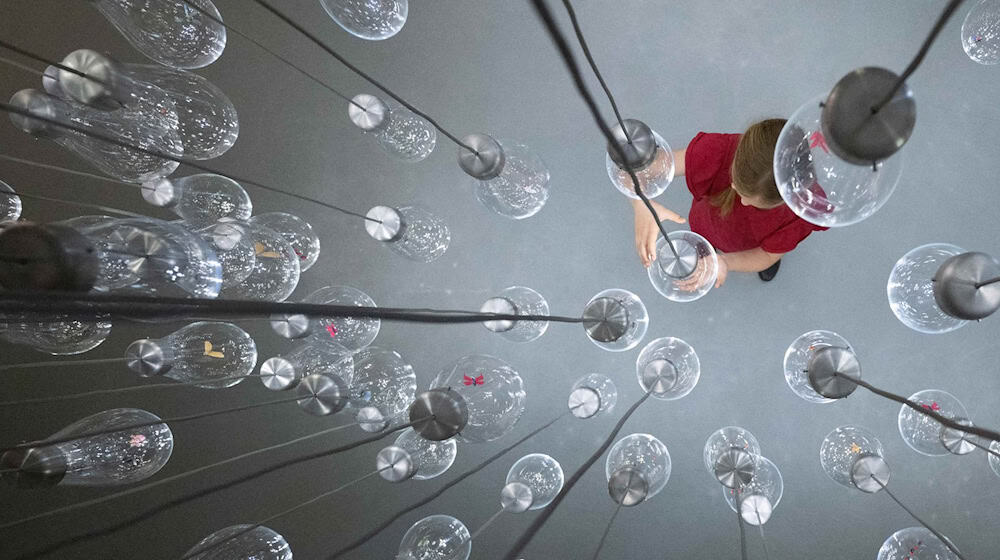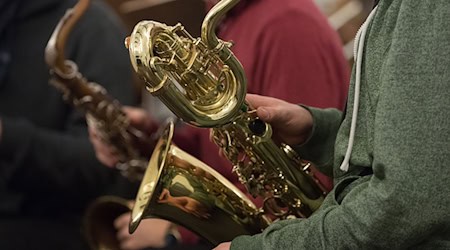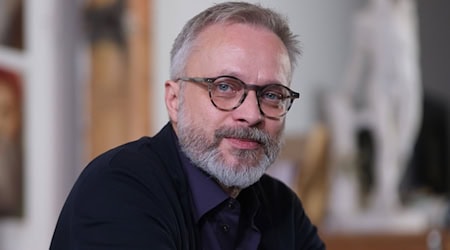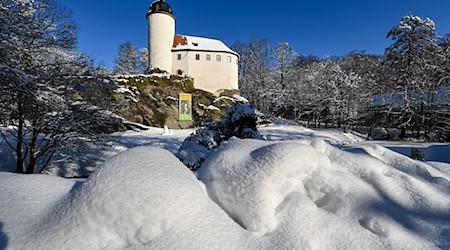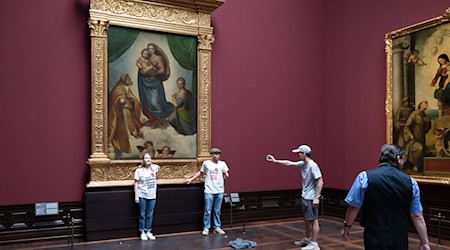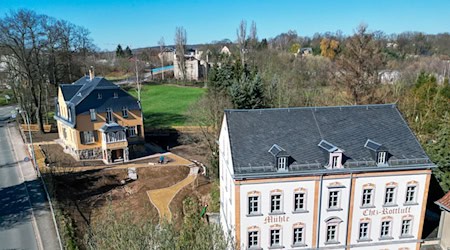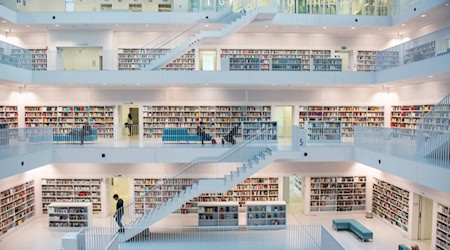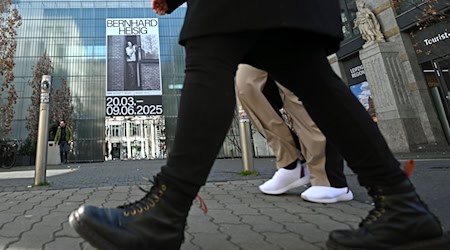International artists and children are once again turning the Japanisches Palais in Dresden into a place of the future for nine months. The focus of the 3rd Children's Biennale of the Staatliche Kunstsammlungen (SKD) is on visions of peace, community, sustainability and global justice, as well as tolerance and community. "It is the question of how we can shape the world and make it a better place," said curator Anna Aulich on Thursday. The exhibition concept is also based on the dreams, wishes and ideas of 130 children's advisory boards from second to sixth grade from schools in the city on the Elbe. They had very concrete ideas about the future, which they reflected on and also researched the SKD collections.
"Planet Utopia" in the Barockpalais will open with a big party on International Children's Day (Saturday) and is free of admission. In ten rooms of the 18th century building, works of art are installed that touch on feelings, empathy and natural phenomena, as well as social and political issues. Traditionally, interaction is also expected.
For example, walls covered with circles are to be filled with drawn faces in accordance with the prompt "Today I feel like ..." or an insect kingdom is to be activated. To this end, children's councils previously studied such little animals on the banks of the Elbe and drew fantasy specimens such as sucker beetles or bubble butterflies, which now flutter around three-dimensionally handmade from foil in mouth-blown glass bodies - when approached.
There is an underwater world made of plastic bottles including a giant squid, an odor memory, a sculpture made of cardboard spanning two rooms or a meandering sculpture made of air, surrounded by delicate textile. Visions are collected in a Utopia laboratory, which is used by various artists, there is a songwriting project on children's rights and "Stars to touch" - an artistic reflection on the phenomenon of light pollution.
The show, which includes a broad educational program, open workshops, evening openings and offers for babies and toddlers, is a cooperation with the National Gallery Singapore, whose Children's Biennale was the model for Europe's edition.
Copyright 2024, dpa (www.dpa.de). All rights reserved

